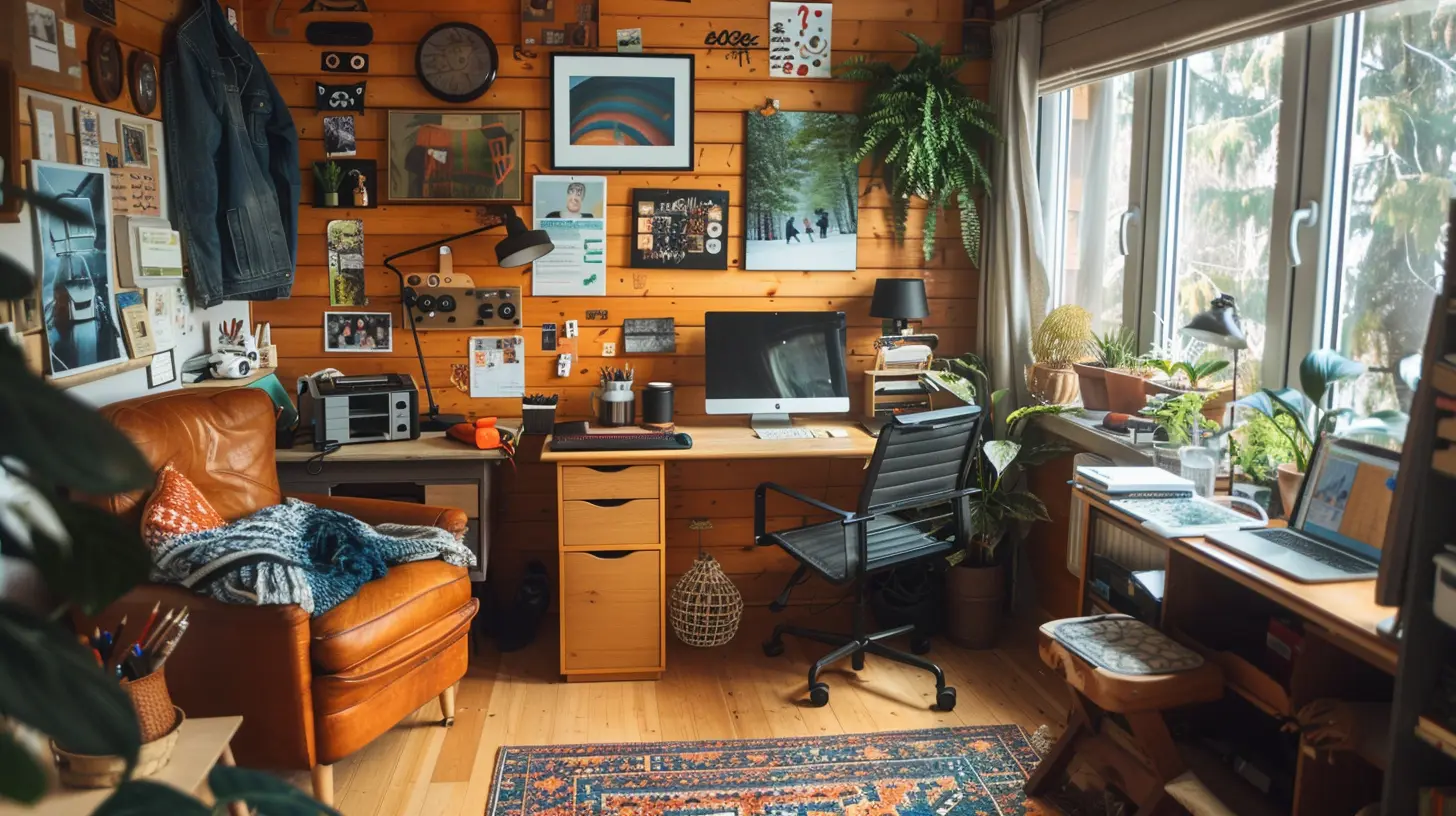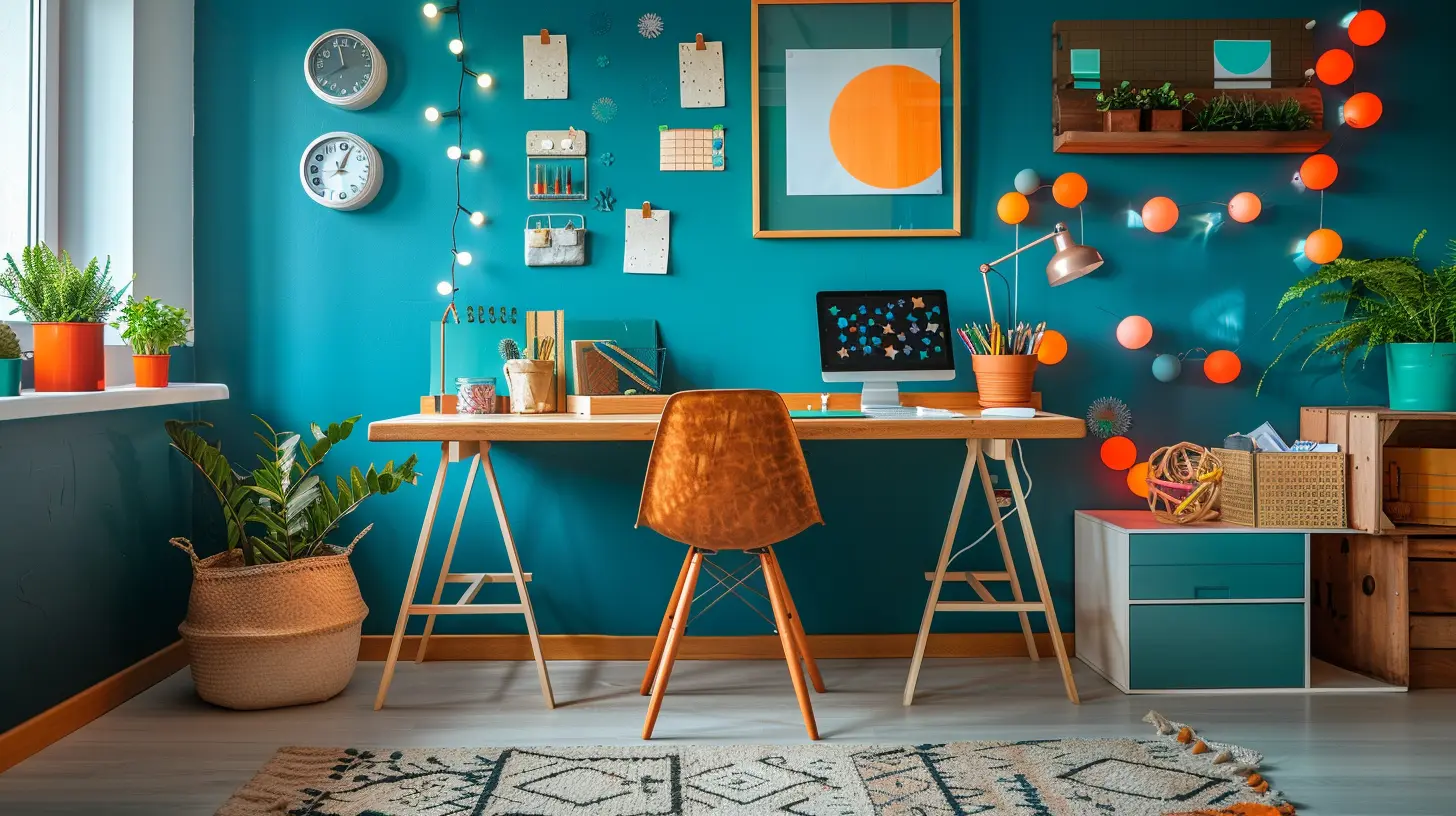How to Create a Homework Station That Kids Love
23 June 2025
Let’s face it—getting kids to sit down and focus on homework after a long school day can feel like pulling teeth. The dining table is cluttered, the TV is blaring, and their backpacks are bursting open like overstuffed burritos. Not exactly a recipe for productivity, right? That’s where a dedicated homework station comes into play.
A well-thought-out homework station can make a world of difference. It creates structure, reduces distractions, and even makes studying feel a little—dare I say—fun? Whether your child is five or fifteen, designing a space they look forward to using can completely shift their attitude toward homework.
In this post, we’ll break down everything you need to know about creating a homework station that your kids will actually love—and use!
Why a Homework Station Matters
Picture this: you walk into a café with cozy booths, soft lighting, and the smell of fresh coffee. You instinctively want to sit down and work or relax, right? Environment matters. It affects mood, focus, energy—everything.Kids are no different. Having a dedicated, kid-friendly zone for homework helps them mentally shift into "study mode." It sets expectations and builds habits. Plus, it reduces power struggles. When kids know where they’re supposed to work and what they’re supposed to do, you're cutting out a ton of daily drama.
Step 1: Pick the Perfect Spot
First up—location, location, location!Don't overthink this. You don’t need a Pinterest-worthy room makeover (unless you want to). The key is to choose a spot that balances quiet with accessibility.
Consider these questions:
- Is the area free from distractions? (TVs and noisy siblings, we’re looking at you!)
- Can you easily check in on them without hovering?
- Is there good lighting—natural or adjustable?
Some popular spots include:
- A quiet corner in the living room or family room
- A small nook in the kitchen (great for younger kids)
- A converted closet or alcove
- A space in their bedroom, if they’re older and can focus solo
👉 Pro tip: Avoid bedrooms for younger kids unless they’re already independent workers. The temptation to play with toys might be too strong.
Step 2: Get the Right Furniture
You don’t need to buy fancy furniture, but the desk and chair should fit your child’s height and needs. If it’s uncomfortable, they won’t want to sit there—period.What to Look for:
- Desk: Big enough to spread out books and supplies but not so large that it invites clutter.- Chair: Supportive and just the right height. Their feet should be flat on the floor or on a footrest.
- Storage: Drawers, bins, or stacked organizers for school supplies. Think pencils, erasers, glue sticks—whatever they use often.
Want a budget-friendly route? Hit up IKEA, Target, or even a local thrift store. A coat of paint or cute stickers can personalize things in a flash.
Step 3: Organize the Essentials
If your child has to hunt for a pencil every time they do homework, guess what happens? Yup—they get frustrated and distracted. Keep all the essentials within arm’s reach to avoid mid-assignment scavenger hunts.Here's What You'll Need:
- Writing tools: pencils, pens, colored pencils, markers- Paper: lined, blank, and graph paper
- Scissors, glue, ruler, calculator
- Post-it notes and index cards
- A calendar or whiteboard for deadlines
👉 Bonus Tip: Use mason jars, drawer organizers, or caddies to keep things tidy. Label everything so your child knows where it goes. That way, clean-up becomes part of the routine.
Step 4: Personalize the Space
Here’s where the magic happens.Kids need to feel a sense of ownership. If the space feels like theirs, they’re more likely to take pride in it—and use it.
Fun personalization ideas:
- Let them pick the color scheme or theme
- Hang up their artwork, motivational quotes, or a vision board
- Use fairy lights or a funky desk lamp for ambiance
- Add comfy elements like a cushy chair pad or mini beanbag nearby
Ask them for input. You’ll be surprised how excited they’ll get about choosing decorations or a pencil holder shaped like a llama.
Step 5: Reduce Distractions
It’s hard for anyone to focus with beeping notifications or background noise, but for kids? It’s almost impossible.To keep the homework zone distraction-free:
- Keep tablets and phones out of arm’s reach (unless needed for schoolwork)
- Use noise-canceling headphones if it’s a noisy house
- Face the desk toward a wall, not into the room or toward windows
- Keep toys and other non-school items out of sight
👉 Pro tip: Use a visual timer to show how long they need to stay focused. Make it a game—“Let’s beat the clock!”
Step 6: Create a Routine
A homework station is only half the battle—the other half is building consistent habits.Set expectations like:
- Homework happens right after snack time
- This station is for schoolwork only (no snacks, no doodling unless it's on task)
- Clean-up happens every day
Make it predictable. Maybe even throw in a fun incentive like a sticker chart, a checklist, or 10 minutes of screen time after homework is done properly.
Trust me: it’s not about being strict. It’s about creating a rhythm that reduces stress for everyone.
Step 7: Keep It Flexible
As your child grows, their needs will change. What works for a first-grader won’t cut it for a middle-schooler.Stay flexible:
- As their workload increases, upgrade the desk or add more storage
- Rotate supplies depending on what subjects they’re focused on
- Ask for feedback—what do they like or need?
This isn’t a “set it and forget it” project. Think of it like a living, breathing space that evolves with your child.
Bonus Tips: Make Homework Time Less of a Drag
Even with the best setup, some days will be rough. Here are a few extra tricks to keep things on track:- Incorporate breaks: Use the Pomodoro technique (25 minutes work, 5 minutes break).
- Use background music: Try instrumental or study playlists to boost focus.
- Stay positive: Celebrate small wins. “You finished your math without complaining—awesome!”
And hey, if something isn’t working? Don’t sweat it. Tweak it. Change it. Try again. You’re not failing—you’re learning what works for your kid.
Homework Station Checklist
Let’s wrap it up with a quick checklist to get you started:✅ Quiet space with good lighting
✅ Comfortable desk and chair
✅ Organized supplies within reach
✅ Personal touches to make it inviting
✅ Clear routine and expectations
✅ Low-distraction environment
✅ Flexibility to adapt over time
Stick to this list, and you’ll be well on your way to creating a homework haven your kids will actually look forward to using.
Final Thoughts
Creating a homework station that kids love doesn’t mean turning your house upside down or breaking the bank. It’s all about being intentional with space, supplies, and routines. A cozy, functional, and personalized corner can shift your child's mindset from “Ugh, homework again?” to “I got this!”Remember, this isn’t just about homework—it’s about building life-long habits, encouraging independence, and setting your child up for success in a calm, encouraging environment.
So grab a cup of coffee, roll up your sleeves, and let’s transform that cluttered corner into a productive paradise.
You’ve got this, parent!
all images in this post were generated using AI tools
Category:
Parenting HacksAuthor:

Tara Henson
Discussion
rate this article
2 comments
Ian McTavish
Creating an inviting homework station truly enhances my child's focus and makes learning enjoyable.
November 18, 2025 at 3:24 PM

Tara Henson
Thank you! I'm glad you found the tips helpful in making learning more enjoyable for your child!
Susan Martin
Great tips! Excited to try!
July 2, 2025 at 2:56 PM

Tara Henson
Thank you! I'm glad you found the tips helpful. Enjoy setting up your homework station!


